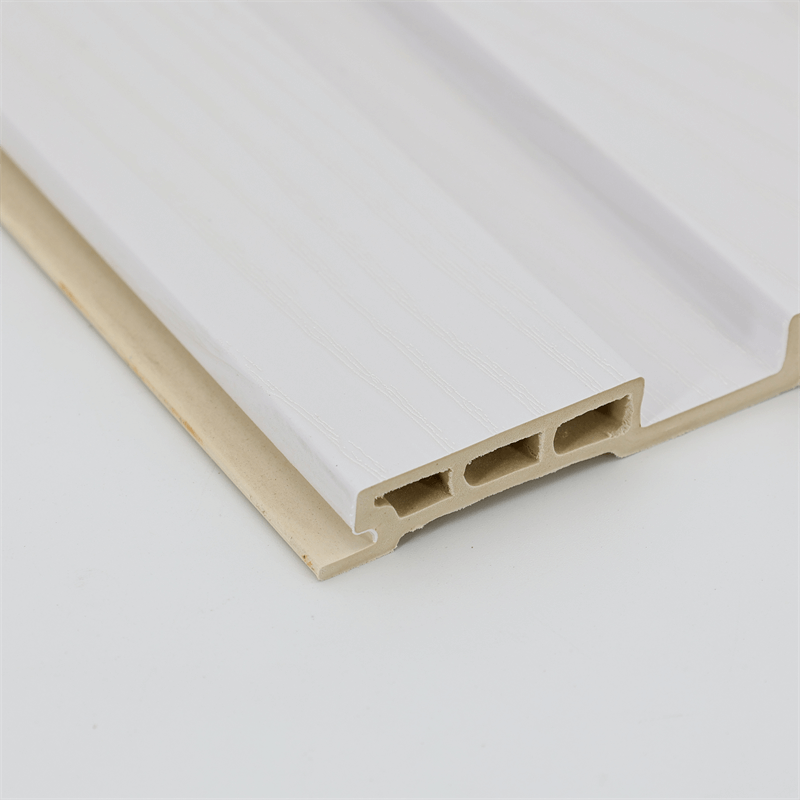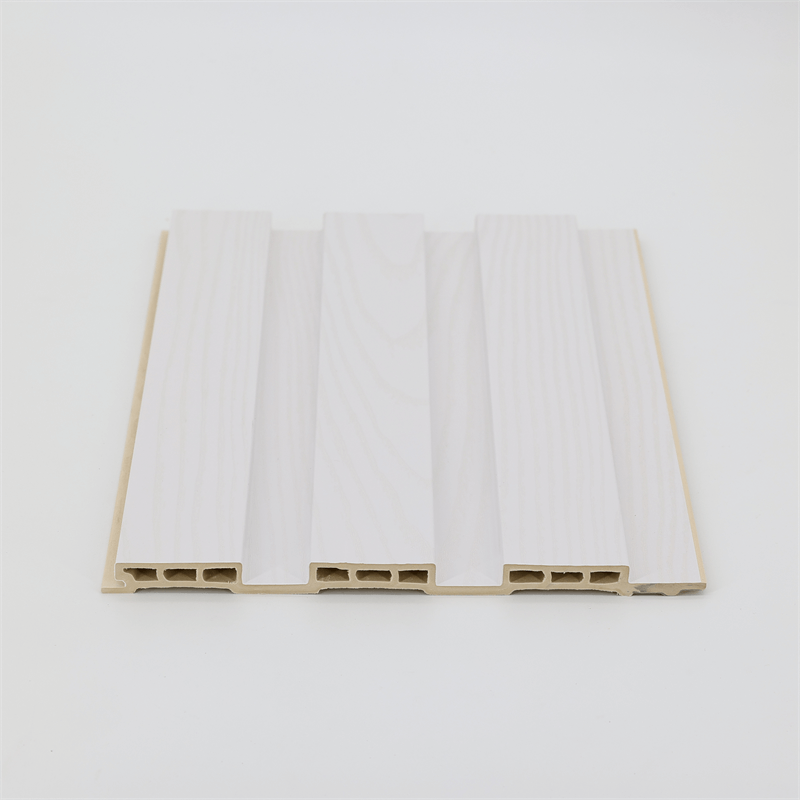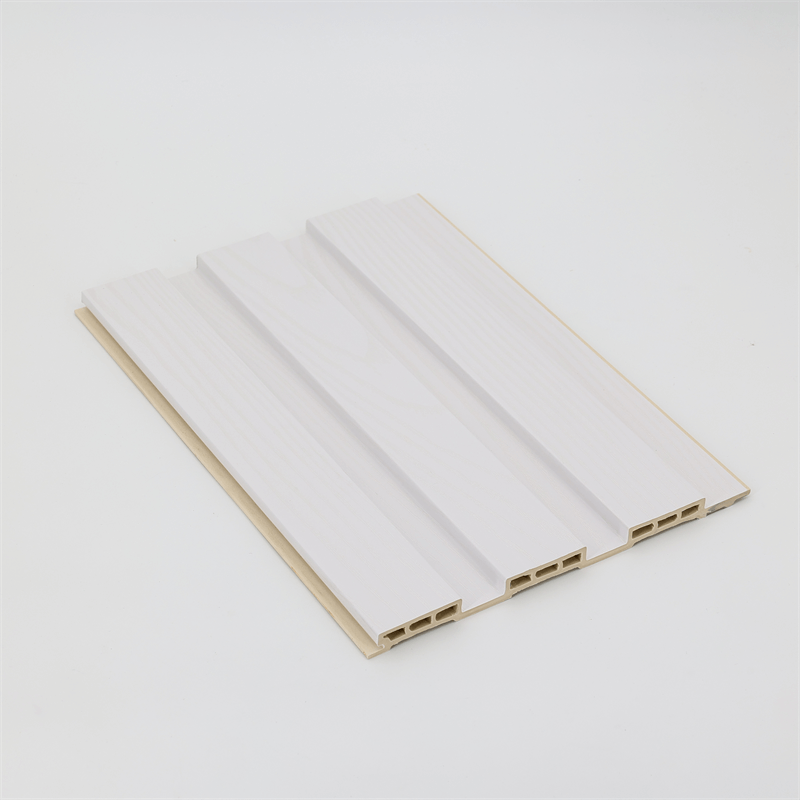When it comes to designing and building spaces, it is essential to choose materials that offer long-term value and durability.
Wood-plastic composite (WPC) wall panels have emerged as a wise investment choice for those seeking a balance between aesthetics, functionality, and sustainability.
This essay explores the benefits of WPC wall panels as a smart investment, focusing on their durability, versatility, cost-effectiveness, and environmental sustainability.
I. Durability: Withstanding the Test of Time
One of the primary considerations when investing in building materials is their durability and ability to withstand various environmental conditions.
WPC wall panels excel in this aspect, offering exceptional resistance to rot, decay, and insect damage.
Unlike traditional wood, which is prone to moisture damage and deterioration, WPC panels are engineered to withstand moisture, extreme temperatures, and UV radiation.
This inherent durability ensures that the panels maintain their structural integrity and aesthetics over the long term, making them a reliable choice for both interior and exterior applications.
The composite nature of WPC panels, combining wood fibers and thermoplastic polymers, enhances their durability.
This composition eliminates the vulnerabilities associated with natural wood, such as warping, splintering, and cracking.
The panels are also resistant to fading, staining, and discoloration, ensuring their long-lasting beauty even with regular exposure to sunlight and weather elements.
II. Versatility: Enhancing Design Possibilities
WPC wall panels offer a high degree of versatility, providing designers and architects with a broad range of options for enhancing the aesthetics and functionality of spaces.
These panels can be easily customized in terms of color, texture, and finish to suit different design styles and project requirements.
Whether it’s a contemporary office space, a cozy residential interior, or a modern commercial establishment, WPC panels can be tailored to create the desired ambiance and visual impact.
Additionally, WPC wall panels can be installed in various ways, allowing for creative design expressions.
They can be used as accent walls, room dividers, or full wall coverings, transforming ordinary spaces into visually stunning and immersive environments.
The versatility of WPC panels enables architects and designers to push the boundaries of their creativity and create unique, personalized spaces that leave a lasting impression.
III. Cost-Effectiveness: Long-Term Savings
Investing in WPC wall panels provides significant long-term cost savings compared to alternative materials.
While the upfront cost may be slightly higher than traditional wood or other wall cladding options, the durability and low maintenance requirements of WPC panels result in substantial savings over time.
Unlike natural wood, WPC does not require regular painting, staining, or sealing to maintain its appearance and performance.
The inherent resistance of WPC panels to moisture, pests, and weather elements eliminates the need for expensive repairs or replacements.
Additionally, the panels are easy to clean and maintain, requiring only periodic cleaning with mild soap and water.
By eliminating the ongoing costs of maintenance, WPC wall panels offer a cost-effective solution that pays for itself in the long run.
Furthermore, WPC panels are known for their dimensional stability, meaning they do not expand or contract significantly with temperature and humidity changes.
This stability reduces the risk of warping, buckling, or shifting, which can lead to costly repairs and adjustments.
The long-term cost-effectiveness of WPC panels makes them a smart investment choice for both residential and commercial projects.
IV. Environmental Sustainability: A Responsible Choice
In an era of increasing environmental awareness, choosing sustainable building materials is crucial.
WPC wall panels are an environmentally responsible choice due to their composition and production process.
They are typically made from recycled wood fibers and recycled plastic, reducing the demand for virgin resources and diverting waste from landfills.
By utilizing recycled materials, WPC panels contribute to the conservation of natural resources and help reduce environmental impact.
The manufacturing process of WPC panels also consumes less energy and produces fewer greenhouse gas emissions compared to traditional building materials.
This makes WPC wall panels a sustainable option for those seeking to minimize their ecological footprint and promote a greener future.

Investing in WPC wall panels is a wise decision for those seeking long-term value, durability, and sustainability.
These panels offer exceptional durability, withstanding the test of time and maintaining their structural integrity and aesthetics in various environmental conditions.
Their versatility allows for creative design expressions, enhancing the overall appeal and functionality of spaces.
Moreover, WPC panels offer cost-effectiveness by eliminating the need for frequent maintenance and repairs, resulting in significant long-term savings.
Lastly, their environmentally sustainable composition and manufacturing process make them a responsible choice for those prioritizing ecological consciousness.
By choosing WPC wall panels, architects, designers, and homeowners can create spaces that are not only visually appealing but also built to last.
The combination of durability, versatility, cost-effectiveness, and environmental sustainability positions WPC panels as a valuable investment for any construction or renovation project.
With their numerous benefits, WPC wall panels continue to redefine the standards of modern design and construction, ensuring that spaces remain beautiful, functional, and environmentally responsible for years to come.


